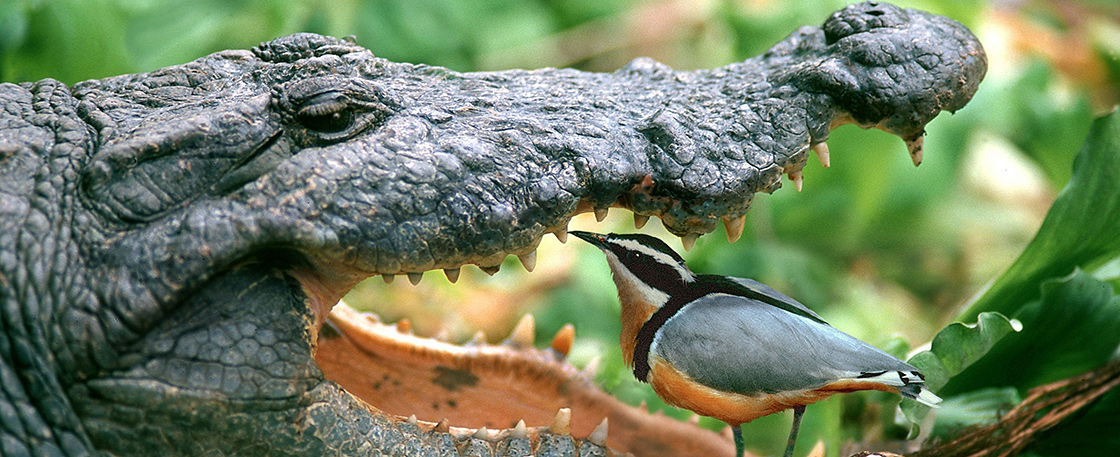This seminar was presented by Darren Evans from Newcastle University and was based around building ecological networks and how molecular ecology methods such as metabarcoding can be used to further advance and aid in the process of building said ecological networks.

What are ecological networks?
Ecological networks, as the name suggests, are networks that link the interactions between organisms within an ecosystem. This is a method that allows ecologists to clearly see which organisms are interacting with other organisms, and the importance that different organisms have on an ecosystem.
The data from ecological networks therefore allows conservationists and ecologists to identify the impact that the removal of a species can have on the ecosystem. This is known as robustness, which is characterised as the secondary extinction of a species predicted by the primary extinction of another species. This therefore gives you an idea of the effect of a species’ extinction.
Gaining an idea of the robustness of an ecological network is therefore useful because it allows you to distinguish between the robustness of different networks to see which systems are more robust, and which are less so, allowing focus to be placed on those which are more vulnerable and thus less robust.
Along with varying robustness between ecological networks, robustness can also vary between animal groups. This therefore allows a better understanding of the importance of different species.
Habitat loss scenario algorithms can be used to identify disproportionately important habitats based on the robustness of the ecological network, and this therefore allows ecologists and conservationists to properly allocate their time and resources into those systems which are most vulnerable.

What is the advantage of metabarcoding?
For years ecologists have simply observed in the field the interactions between different species to create a network. This is clearly time consuming, and can also lead to some cryptic species going unnoticed and thus not mapped. The rise of molecular ecology has therefore made the process easier and more thorough. Nested metabarcode techniques can be used to create a species network to identify who is interacting with who.
Metabarcoding therefore makes it easier and less time consuming to identify the species that are present within an ecosystem, and the interactions that are taking place between those said species in the ecosystem. An example of metabarcoding could include the analysis of faecal matter of top predators, allowing for previously unnoticed relationships to be mapped

My thoughts
As part of my third year, I decided to take part in the molecular ecology module, and thus the talk presented by Darren was very interesting as I was able to see how molecular methods such as metbarcoding can be used with real-world examples being used.
The mapping of ecological networks is clearly essential to conservation and ecology as it allows us to clearly identify the importance of individual species within different ecosystems, and the ability to compare robustness between different networks and species allows ecologists to divide up their resources into those networks which are most at risk.
